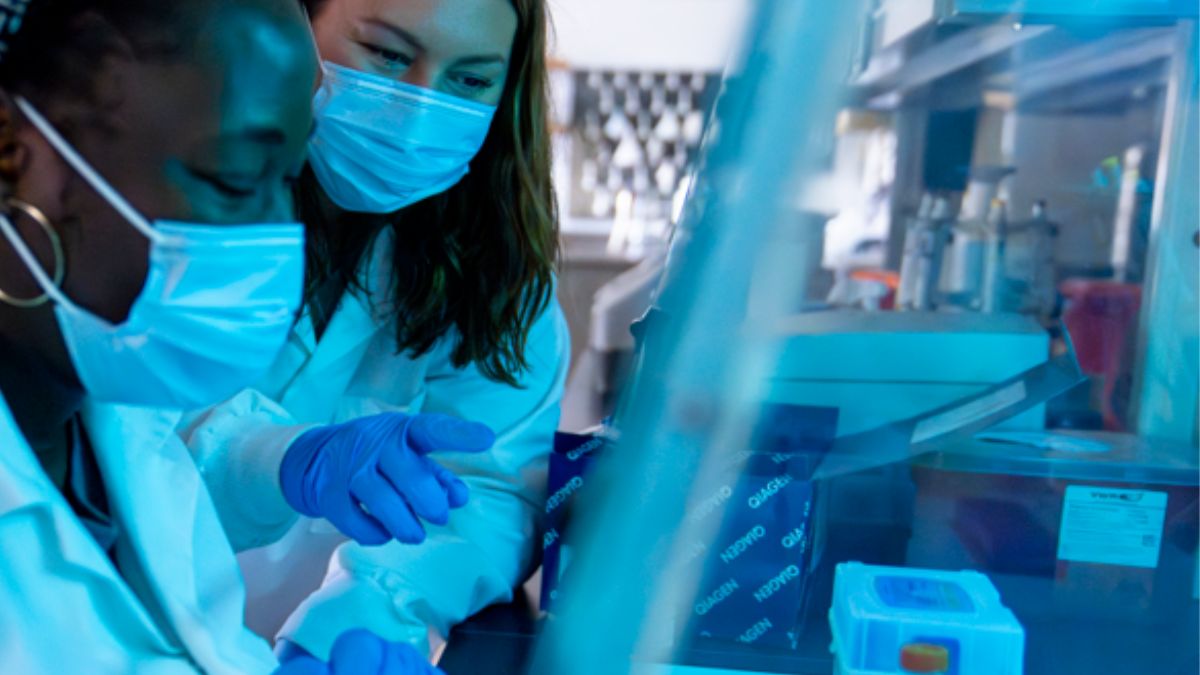
Archeologists and anthropologists study calcified dental plaque from ancient bones to understand history. But at Penn State, Laura Weyrich is taking it one step further by studying the oral microbiomes of the past to improve today's health - specifically when it comes to oral microbiome transplant therapies.
Alzheimer's and colon cancer and arthritis have been linked to the types of microorganisms that live in our mouth.
Laura Weyrich, PhD, Microbiologist and Associate Professor of Anthropology and Bioethics, Penn State University
We reconstruct ancient oral microbiomes as a way to understand microbiome evolution, and identify the origins of chronic disease.
Laura Weyrich, PhD, Microbiologist and Associate Professor of Anthropology and Bioethics, Penn State University
There are evolutionary contexts that we need to take into account to understand why we see specific types of oral microbes. We can use that research to better guide us to create
biotechnologies and therapies that are equally effective in all people.
biotechnologies and therapies that are equally effective in all people.
Laura Weyrich, PhD, Microbiologist and Associate Professor of Anthropology and Bioethics, Penn State University
References:
1) Gancz, A.S. et al. Ancient dental calculus reveals oral microbiome shifts associated with lifestyle and disease in Great Britain. Nat Microbiol. 2023; 8, 2315–2325June 2024


